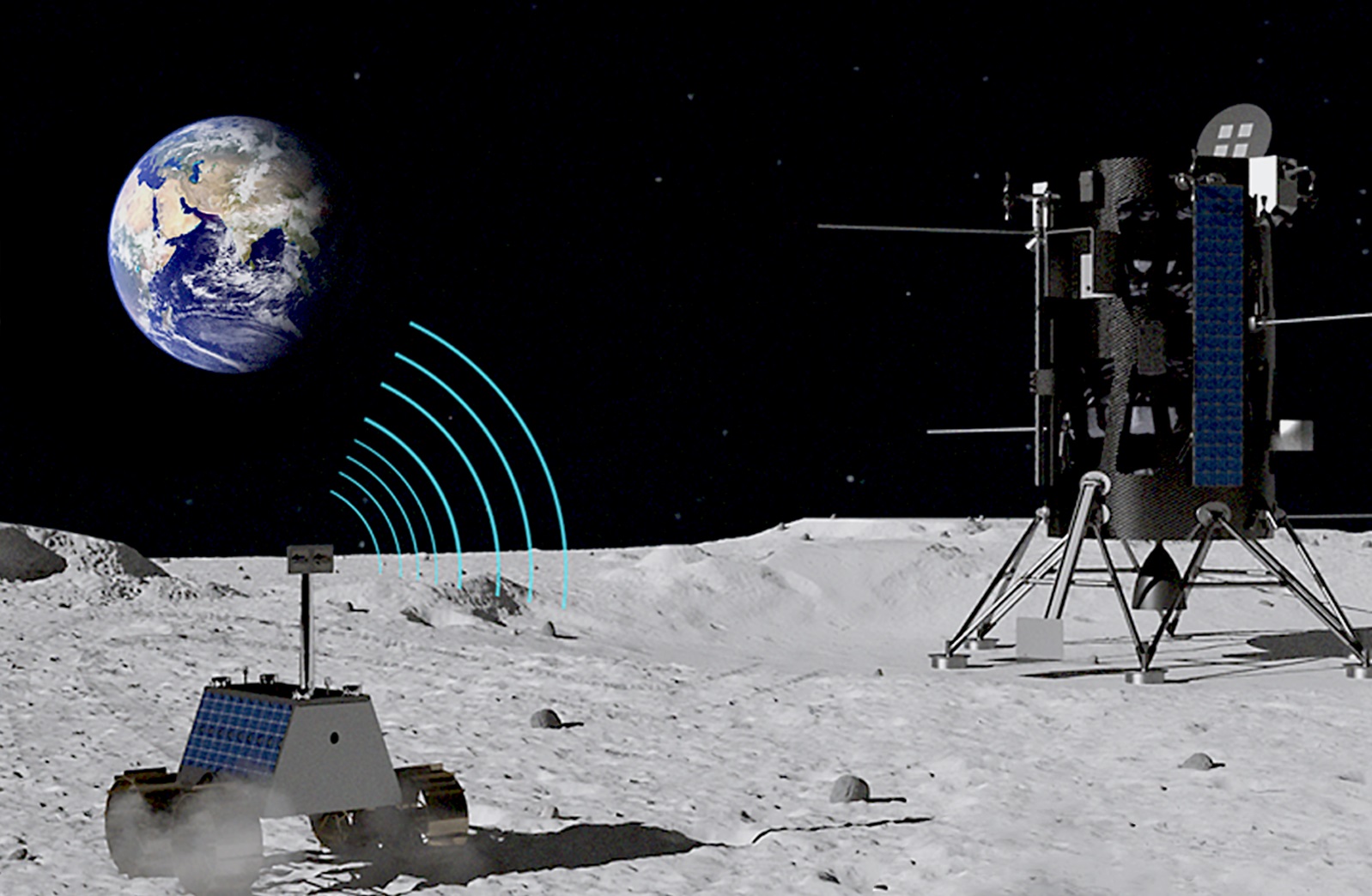On October 16, NASA announced that Nokia will have the opportunity to develop and deploy the first cellular network on the Moon as a part of NASA’s Tipping Point program, which will foster the development of commercial space capabilities. NASA plans to leverage these innovations for its Artemis program, which will establish sustainable operations on the Moon by the end of the decade in preparation for an expedition to Mars.
With that, the agency expects to deploy the first LTE network on the surface in late 2022, validating the technology that aims to enable faster and more reliable lunar surface communications.
But why would anyone need a mobile network in a place where there is… no one?
“You will always need wireless communication in space,” said Thierry Klein, Head of Enterprise & Industrial Automation Research Lab at Nokia Bell Labs and leader of the project.
“Whether it is a rover, platforms for telemetry data sensors or biometric data from the astronauts, all of that needs to be connected, analysed, and sent to Earth for information on how well the astronauts, machines, devices, and robots are working on the Moon,” Klein explained in an interview with 6GWorld.
For many reasons, communications have been an ongoing issue for space exploration. Aside from the fact that transmissions usually experience delays caused by enormous distances, contact with Earth also depends on a device’s position – whether there is a satellite near the transmitter – bandwidth, and signal interference, among others.
That is why NASA is aiming at fixing some of these problems. And let’s keep in mind that the Artemis mission will take humans to the Moon in 2024, more than 50 years since we last set foot there.
“Through our Lunar Surface Innovation Initiative, we are targeting communications as one of its top areas to advance technology readiness levels for deep space,” Jim Reuter, associate administrator for NASA’s Space Technology Mission Directorate, wrote in a statement.
“Whether our astronauts are travelling to the surface aboard a modern human landing system, exploring during a moonwalk, roving around in the LTV, working in a mobile home on the Moon, or even aboard the Gateway in lunar orbit, communication is critical between Earth and among crew in all these activities planned for the Artemis program,” he added.
How will the deployment work?
According to Thierry Klein, the primary goal will be to deploy the technology and enable a link between the lander – a spacecraft that lands on the Lunar surface – and the rover – a vehicle that travels outside of the lander.
The base station will be located on the lander and the user equipment on the rover. The LTE connection will make it possible to remotely control the machine and establish communication between lander and rover, including exchanging HD videos of the exploration missions in real-time.
But that is just the beginning. “In the future, you will have multiple rovers, a much larger coverage area, and a much larger network. There will be a need for voice data, video communication, biometric data, and maybe data from scientific experiments that you need to send back,” Klein predicted.

Rocket science
Building up a cellular network on Earth is already challenging but doing the same outside of the planet is even more perplexing. The adverse conditions – no atmosphere, for example – ask for equipment advancements that allow systems to operate in extreme temperatures and a completely different environment.
Economics also play a role in planning how to take LTE to the Moon, since trips are expensive – NASA estimates the Artemis program will cost around $ 28 billion – and, therefore, limited. Consequently, any and every solution must be sustainable and versatile.
“When you build a network to send to the Moon, it has to be very compact and integrated because size, weight, and power consumption really matter. It cannot be too big, too heavy, cannot demand too much power because you are in a very constrained space in the lander, on the rocket,” Klein explained.
Maintenance also needed to be reconsidered, as there will be no technician available on the Moon for a while. “We developed custom software that goes on the network, on both the Moon and mission control on Earth, so that we can remotely operate and maintain the network.”
From above and down to Earth
The whole experience, for which Nokia Labs will be paid $14.1 million, is not only about taking terrestrial technology to space, but also the other way around: Learning how to improve networks in our backyard.
“It drives you to think differently about how you build networks,” Klein noted. This is especially true when it comes to extreme environments like mines and oil platforms, where the conditions present challenges for deployment.
The benefits are much more than just knowing how to install base stations. “I think it is about understanding how the network performs and how to anticipate scenarios. There is also a lot of areas where AI and machine learning could enhance the network to support actual end-user applications and services.”
And that is where researchers can pick up on knowledge from this experience to project new technologies, network advancements, and innovation to enhance the next generation of mobile connectivity on Earth. Klein concluded “[Taking LTE to the Moon is] not just developing the technology, but also seeing how far the technology can go and what the limits are.”






